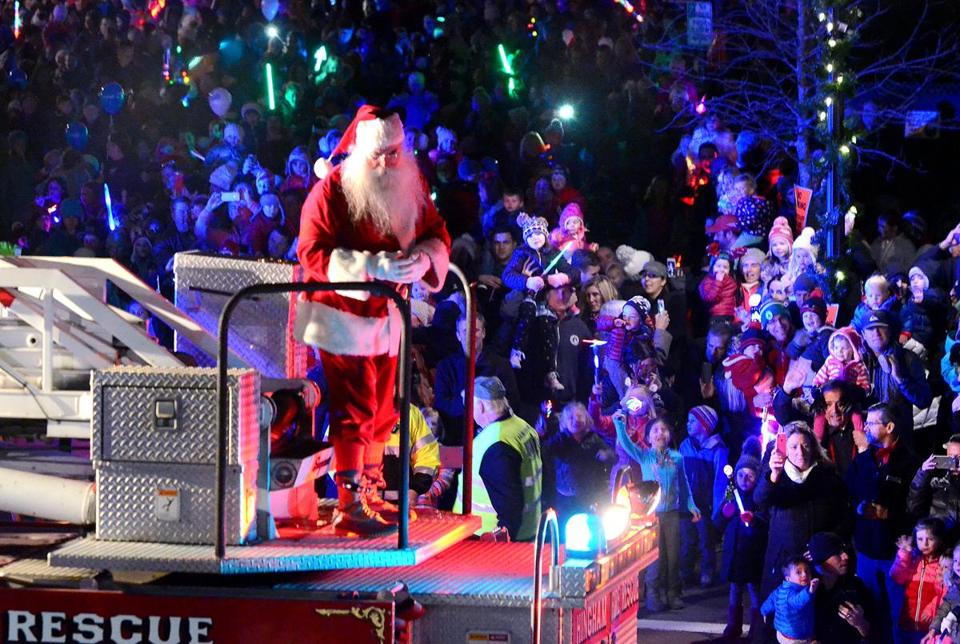
Santa Claus stands on a fire truck as a large crowd celebrates with glowing lights and cheers, showcasing the holiday excitement and Pop Culture tradition.
Santa Claus is one of the most recognizable figures in the world pop culture, but his story is far more layered than the jolly man in a red suit. Rooted in folklore, religion, and evolving cultural traditions, Santa has become a global icon of generosity, festivity, and imagination. In modern cultural conversations, even themes as unexpected as Bondage Pet Roleplay sometimes emerge in discussions of identity and storytelling, reminding us that mythical characters often reflect broader social dynamics.
The Historical Roots of Santa Claus
Saint Nicholas and Early Traditions
The earliest inspiration for Santa Claus can be traced to Saint Nicholas, a 4th-century bishop known for his generosity and miracles. Stories of his secret gift-giving spread across Europe, where he became a symbol of kindness and protection for children.
The Transformation into Father Christmas
During the Middle Ages, Saint Nicholas merged with local traditions to become Father Christmas, often associated with winter feasts and merriment. This figure carried over into European celebrations, where he symbolized warmth and hospitality during the coldest time of year.
Santa’s Evolution in America
From Folklore to Pop Culture
In the 19th century, immigrants brought their customs to the United States, where writers and illustrators shaped Santa into the familiar red-suited figure. Clement Clarke Moore’s 1823 poem “A Visit from St. Nicholas” and Thomas Nast’s illustrations helped cement his modern image.
The Commercialization of Santa
By the 20th century, Santa became inseparable from commerce, appearing in advertisements, films, and holiday marketing campaigns. Today, parades and shopping malls present Santa as a central character of the season. Much like the playfulness of Pet Crawler BDSM in performance spaces, Santa’s modern role blends fantasy with real-world traditions, creating experiences that feel larger than life.
Santa in Film, Music, and Media
Santa Claus has become a fixture in popular media, from classic films like Miracle on 34th Street to animated specials and chart-topping Christmas songs. These portrayals often emphasize kindness, joy, and the childlike wonder of believing in something magical.
The Symbolism of Santa’s Image
The red suit, white beard, and hearty laugh have come to represent more than a character—they are symbols of generosity and nostalgia. Just as the imagery of Straitjacket Bondage can symbolize constraint or transformation in certain cultural narratives, Santa’s image carries symbolic weight, representing both tradition and reinvention across generations.
Santa’s Global Appeal
Santa Claus is not confined to one culture. In Finland, he is Joulupukki; in Germany, Weihnachtsmann; in parts of Latin America, he shares space with the Three Kings. Each culture reimagines him, adapting the myth to reflect local values while keeping the essence of generosity alive.
Community, Charity, and Giving
Beyond entertainment, Santa Claus inspires real-world acts of charity. From toy drives to community feasts, his legend motivates people to give back, highlighting how stories shape social action. Organizations like The Green Tanners often stress the importance of cultural traditions in maintaining strong community ties, and Santa is one of the most enduring examples of this.
Final Thoughts
Santa Claus is more than a cheerful holiday mascot; he is a living tradition shaped by centuries of storytelling, religion, commerce, and pop culture. His enduring presence reflects humanity’s need for myths that unite, inspire, and encourage generosity. Whether in old folklore or modern films, Santa continues to prove that legends can carry meaning far beyond their origins.








웅장한 게시, 매우 유익합니다. 이 분야의 다른 전문가이 왜
이것을 이해하지 못하는지 궁금합니다.
당신은 글쓰기를 계속해야 합니다.
저는 확신합니다, 당신은 이미 훌륭한 독자층을 가지고
있습니다!
When I originally left a comment I seem to have clicked the -Notify me
when new comments are added- checkbox and now
whenever a comment is added I get four emails with the exact
same comment. There has to be a means you can remove me
from that service? Cheers!
MPO102 benar-benar memberikan pengalaman seru.
Isi saldo di MPO102 jadi lebih mudah.
Slotnya juga gacor.
Saya rekomendasikan MPO102.